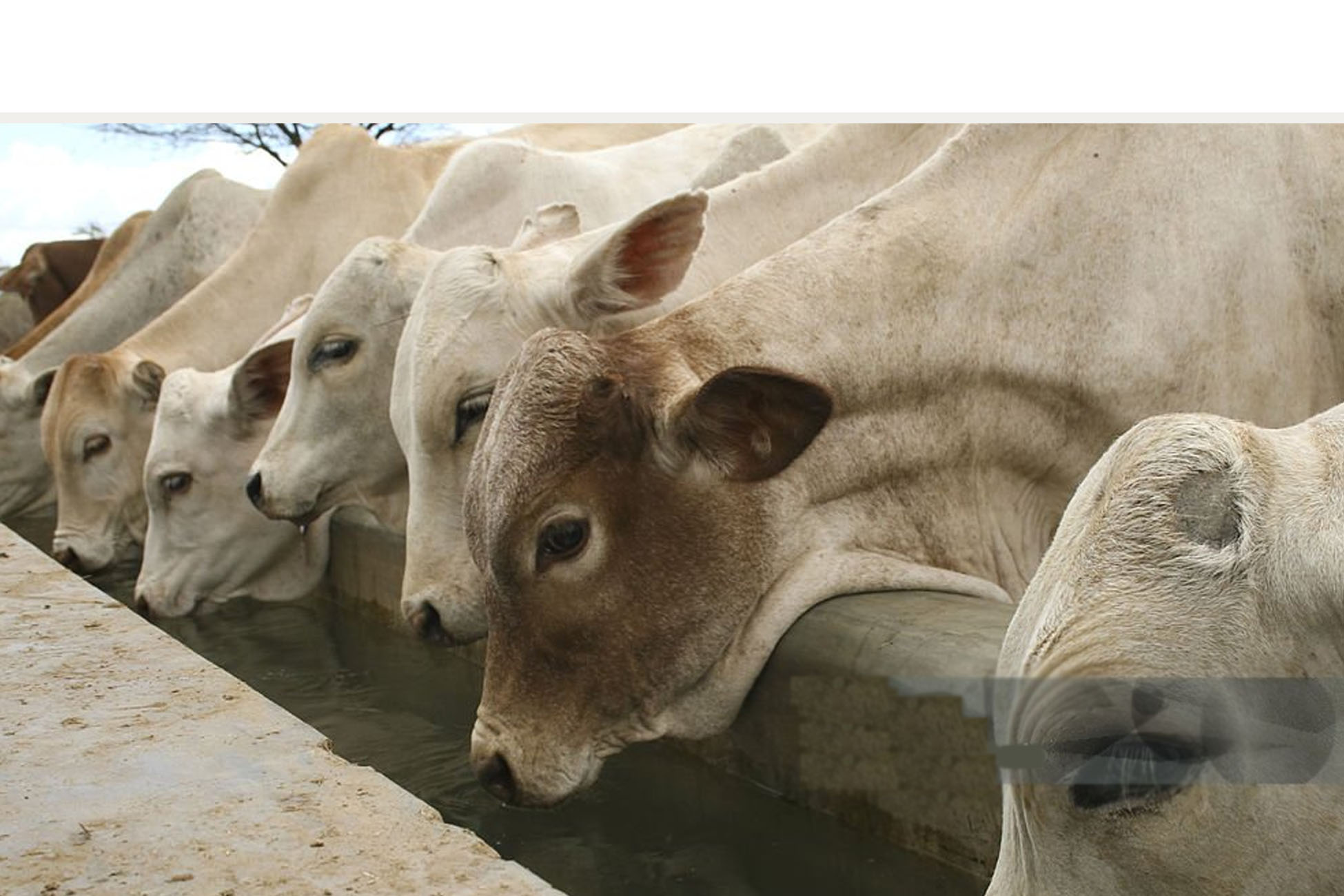
Foot & Mouth Disease
A New Line of Defence at the Water Trough
With all the biosecurity measures in place to protect feedlots and livestock from foot-and-mouth disease (FMD), one would expect outbreaks to be rare. And yet, South Africa has seen over 200 confirmed FMD outbreaks this year alone.
Clearly, something isn't working—or more likely, something vital is missing.
Too often, we turn to vaccines as the first line of defence. But vaccines are a last resort, not a sustainable prevention strategy. They take time to roll out, require cold-chain management, and don’t always stop the virus from spreading.
So where are we going wrong?
The answer may lie in how the virus spreads—and survives—in water.[1]
The Invisible Enemy:
The FMD virus is not alive in the way we think of bacteria or parasites. It’s a strand of genetic material wrapped in a protective protein shell. It can't grow or reproduce on its own. It only becomes dangerous once it enters a living cell. Yet this “dead-but-not-dead” structure is remarkably resilient. It can float in the air,[3] settle on surfaces, and lie dormant for weeks or even months in organic matter like manure or soil.[2] What most people don't realise is that it can survive—and move—through water[1], too.Water troughs—shared by dozens, sometimes hundreds of animals—are the perfect point of spread. As animals drink, salivate, and nuzzle, they leave behind traces of the virus. The next animal that drinks can pick it up. One infected beast becomes twenty. And so the outbreak begins—again.
The Missing Layer in Biosecurity:
We scrub boots. We dip tyres. We control movement. But nobody is treating the water—not effectively, at least. Chlorine? There is no evidence it kills the FMD virus in water. If it did, surely it would already be standard practice. This is where the game changes.Peroxsil Ag+ has now been scientifically proven at Agricultural Research Council (ARC) Onderstepoort Veterinary Institute, to neutralise the FMD virus in water. Not just reduce it a little—but eliminate it completely, with a 6.4 log reduction. That’s 99.99996%. In practical terms, one million virus particles reduced to zero. It works in water. It works fast. And it doesn’t rely on harsh chemicals that could harm animals or taint the environment.
A Call for Action:
We need to stop thinking of water as a passive element in biosecurity. It’s a vector, just like wind or movement. And yet, it’s completely unguarded. If we introduce targeted water disinfection using Peroxsil Ag+, we can close a gap in our biosecurity protocols that has been ignored for too long.This single change could dramatically slow—if not prevent—the spread of FMD through herds and across regions. The science is there. The urgency is clear. Now, it’s up to us to act.
Biosecurity is no longer just about fences and vaccines. It’s about every drop of water your animals drink.
Research:
1. FMD Virus Transmission via Water. Link2. FMD in Soil Types. Link
3. FMD Airborne Transmission. Link
Media Links:
1. Agribook.Digital. Link2. Poultry & Livestock Africa. Link
3. Farmers Review Africa. Link

